

▼▲►◄▲ is an experimental print project consecutively exploring the themes of perspective, point of view, perception, distortion, misconception and experimenting with various techniques on how colours interact, how an image can be distorted and how we perceive colours, lines and shapes and also words.
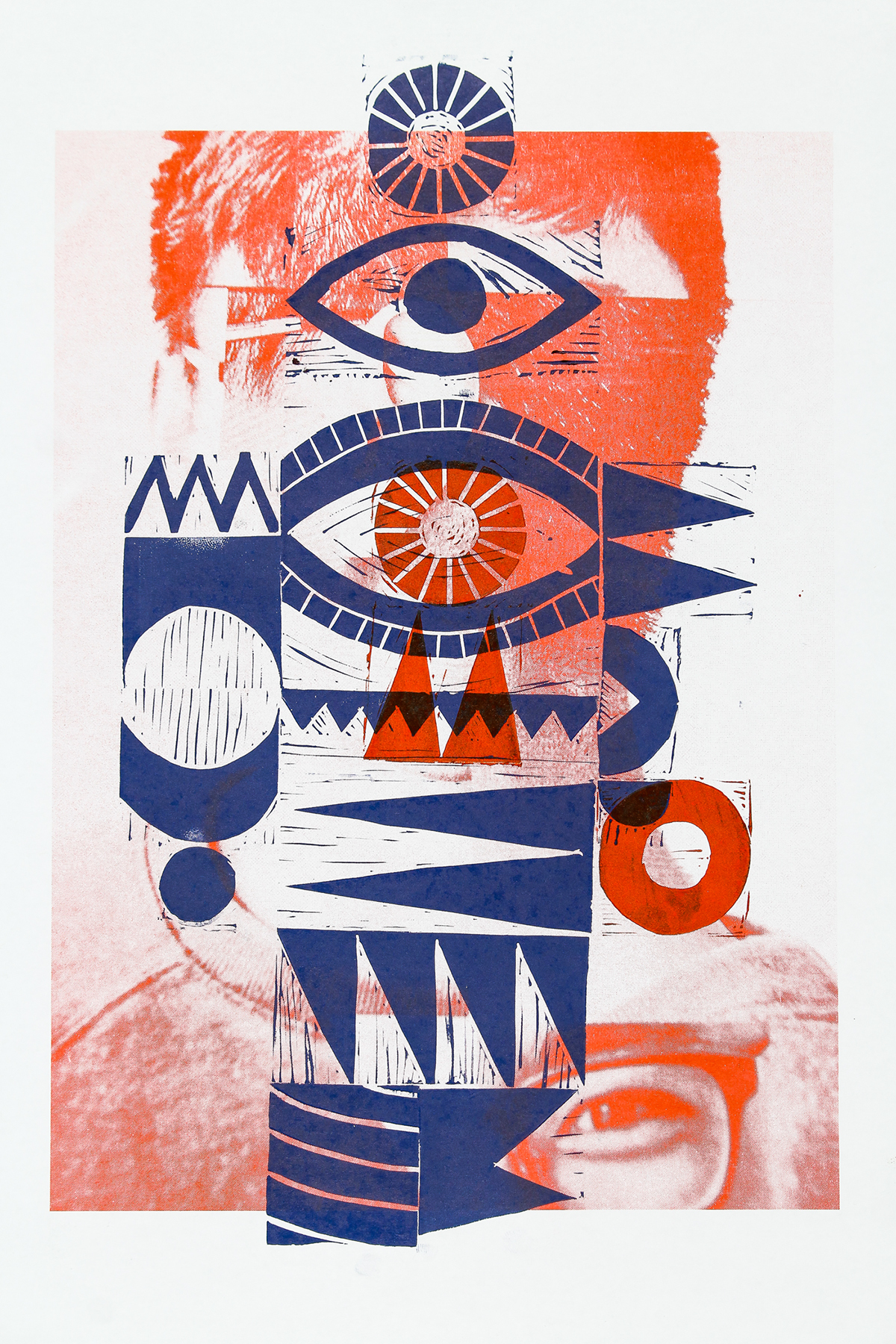


After photographing various portraits of people, print-outs of the portraits were made on which experimentation would be possible.
The print-outs were of different sizes so that different level of details could be achieved. By drawing lines and shapes on top of the print-outs, attempts were made to find common aspects and geometries as well as major differences and variations. Questions emerged as what would happen if certain parts of the participants faces were combined. Would this lead to a form of “shared identity”?
The print-outs were of different sizes so that different level of details could be achieved. By drawing lines and shapes on top of the print-outs, attempts were made to find common aspects and geometries as well as major differences and variations. Questions emerged as what would happen if certain parts of the participants faces were combined. Would this lead to a form of “shared identity”?








Questioning whether certain elements of the human face could act as “construction components” of a new face, or a mask, several collage attempts were made. Subsequently, it was explored if certain geometric shapes, derived from earlier experimentation, could work as the aforementioned elements. Cut and pasted pieces from photographs along with hand-drawn shapes were arranged, aligned and pasted on a grid system to investigate their functionality. Does this new composition resemble a face? How much does it share with the original photographs used? Could a collection of these elements form a new face, an identity of their own?
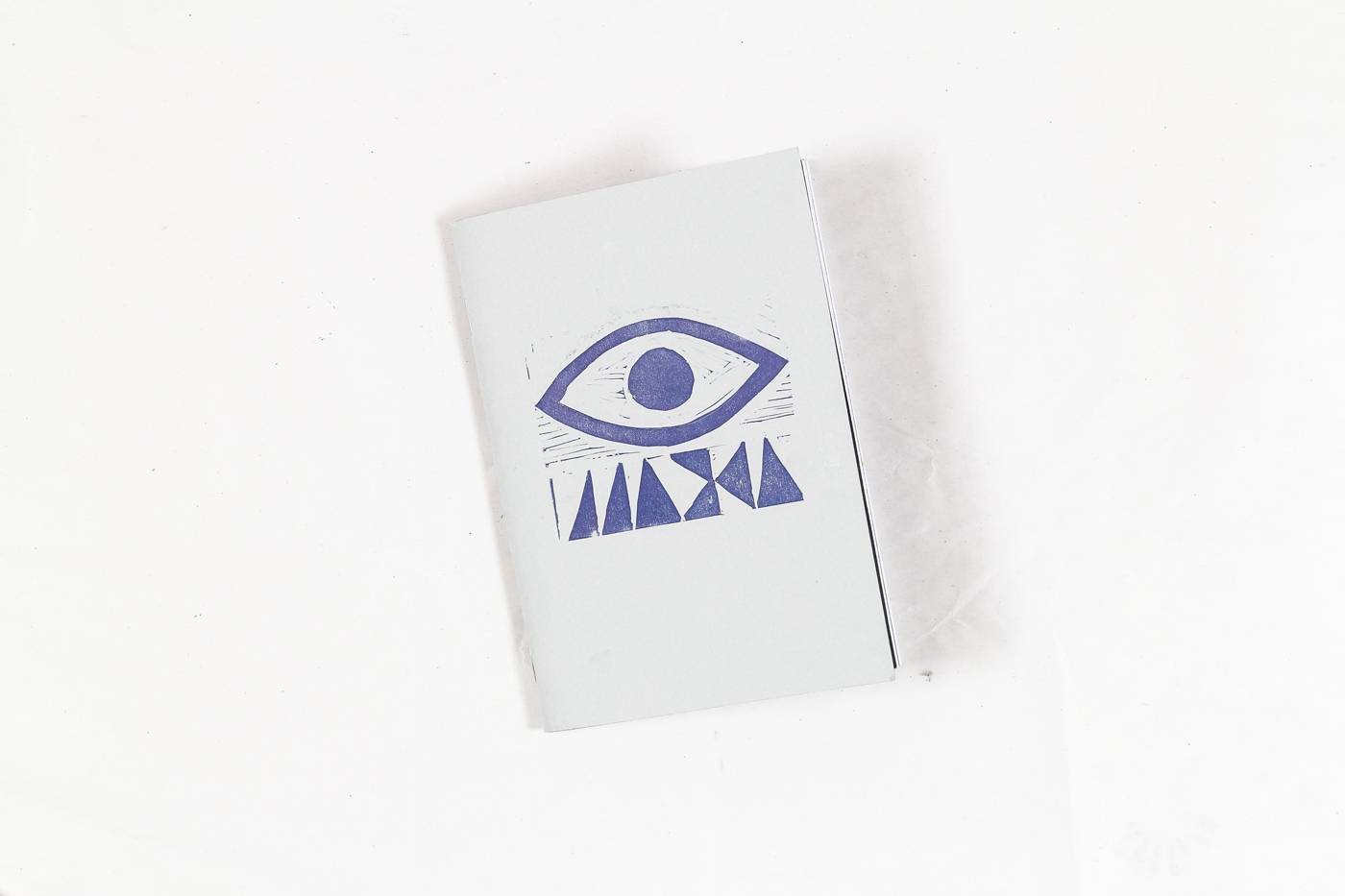

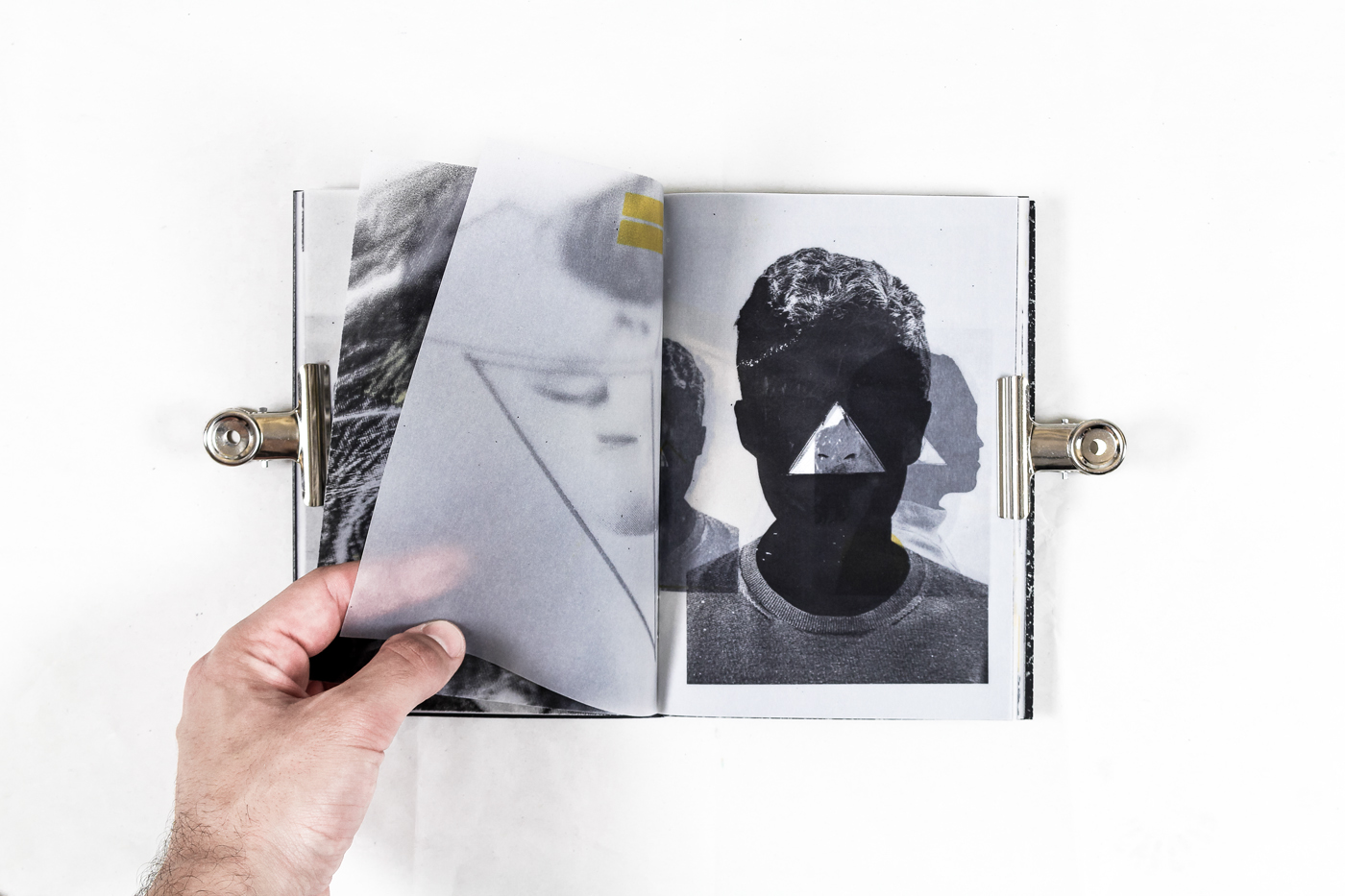





Each of these steps was thoroughly documented photographically. Two booklets document the process of experimentation on the theme of mask making through face geometry, its deconstruction and reconstruction. Being part of the experimentation, the booklets, divided in five chapters that non-sequentially present methods of extracting certain elements of the participants’/examinees’ face, they proved to be an additional step in the process of experimentation and can also be used as a manual or guide on how to recreate the project.
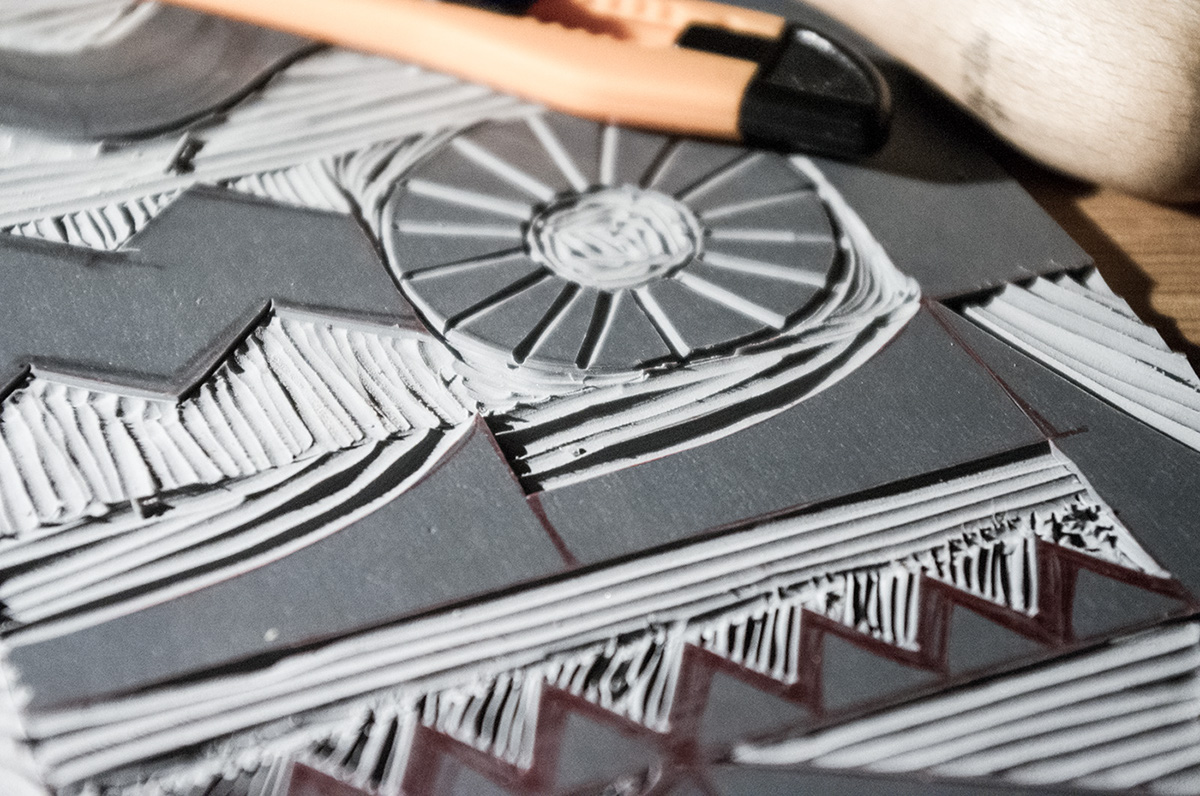



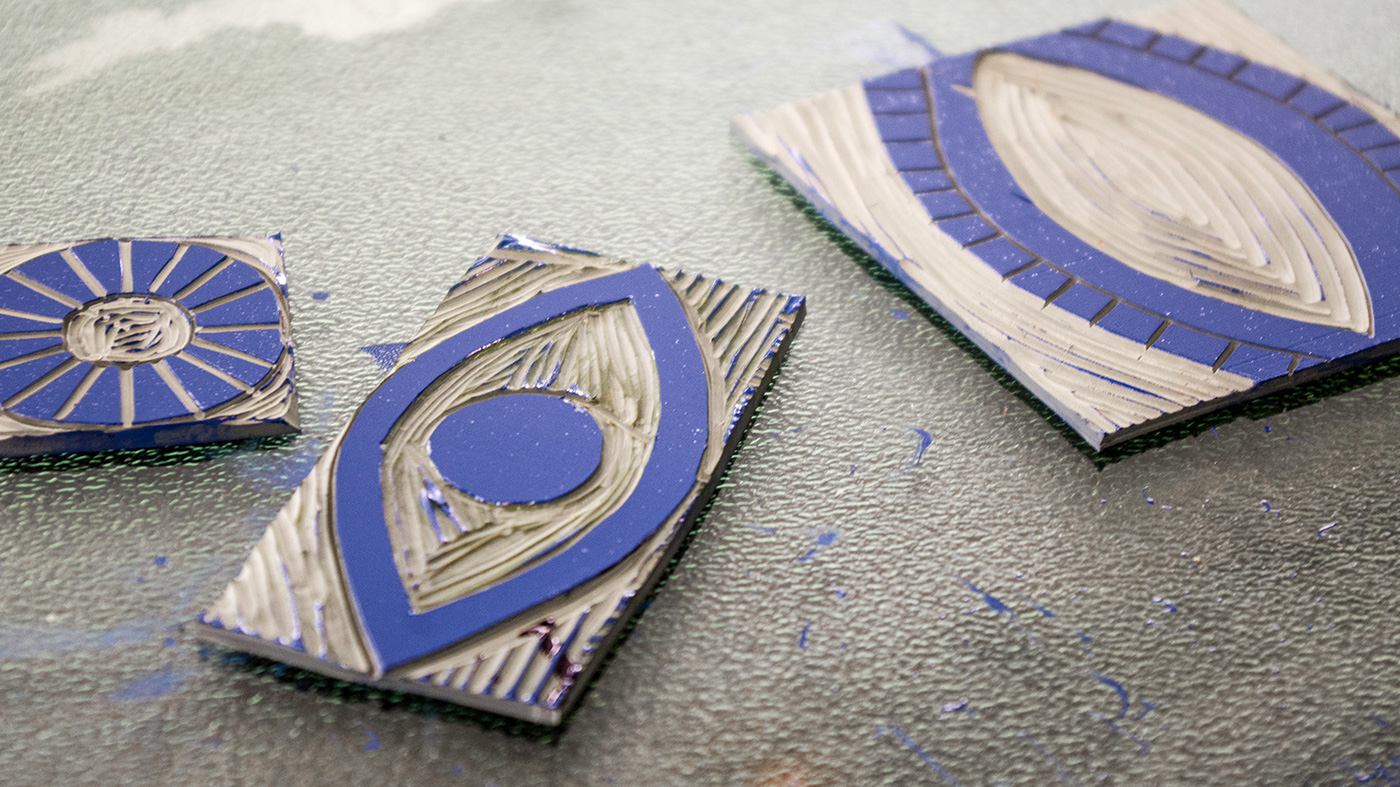
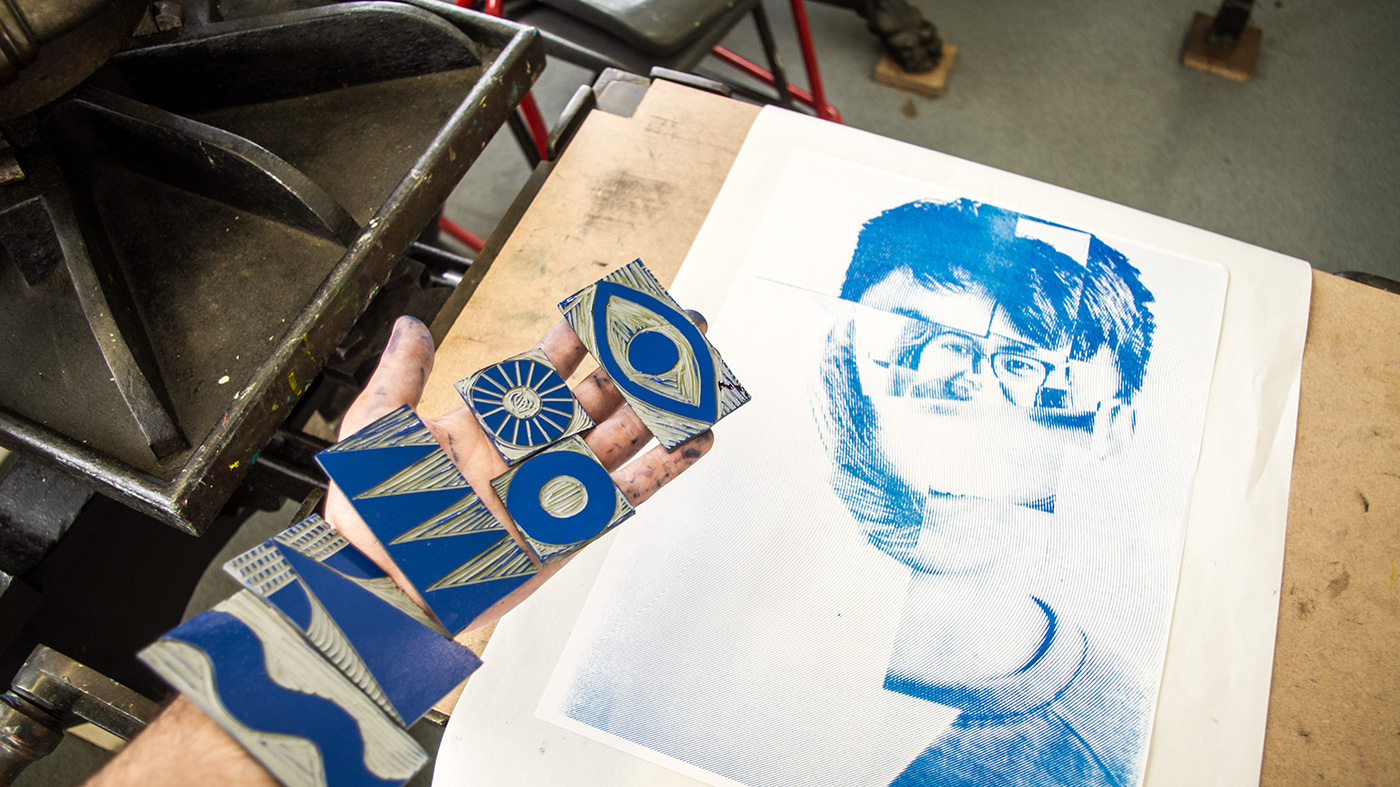


The outcome is a set of glyphs that, not unlike a typeface, collectively add up to the spelling of an image. Using simple lines and shapes, the glyphs, when set together, form compositions in a manner of a visual language. The glyphs were designed to work on a grid to test if it would be easy to blend and combine in different layouts.
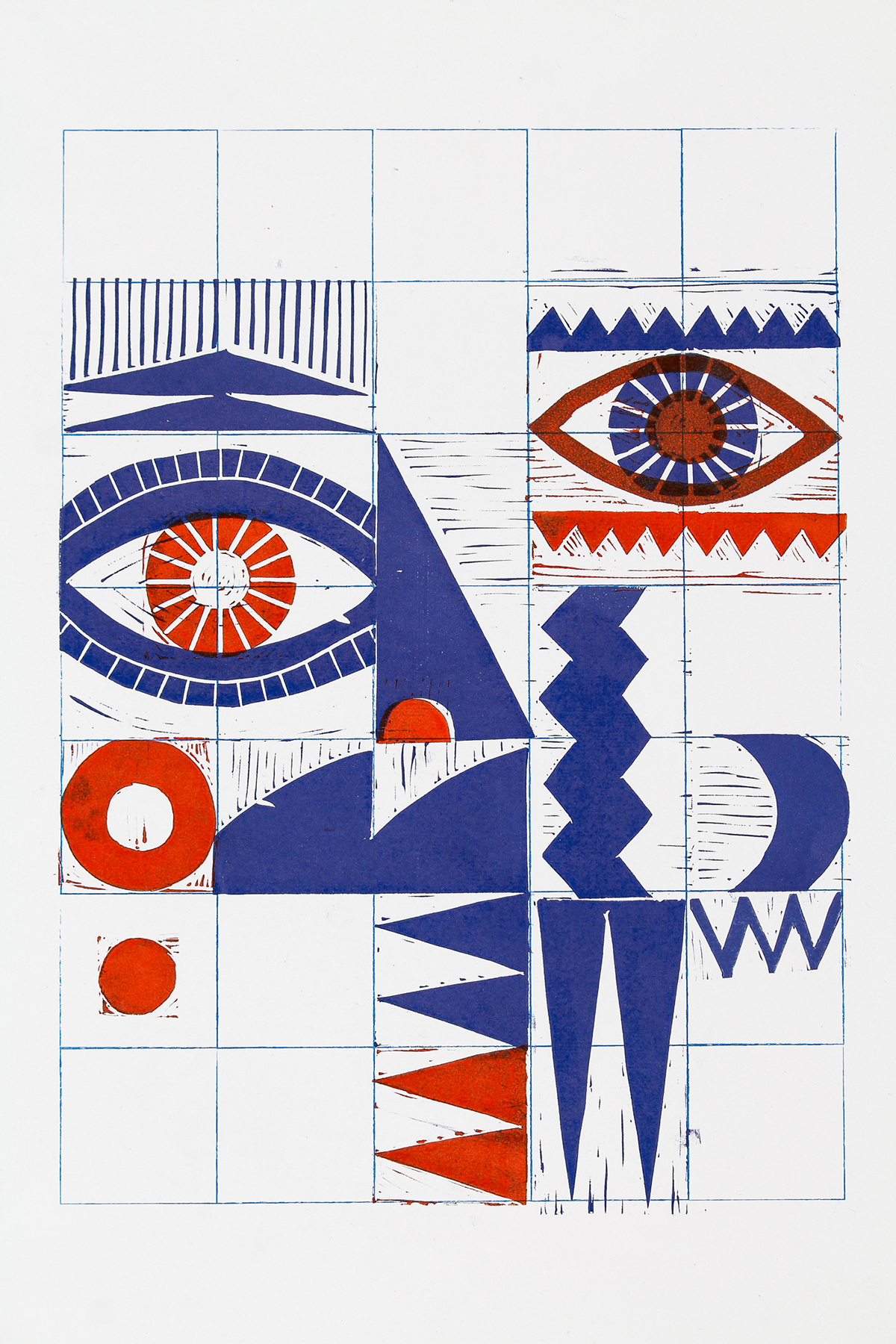
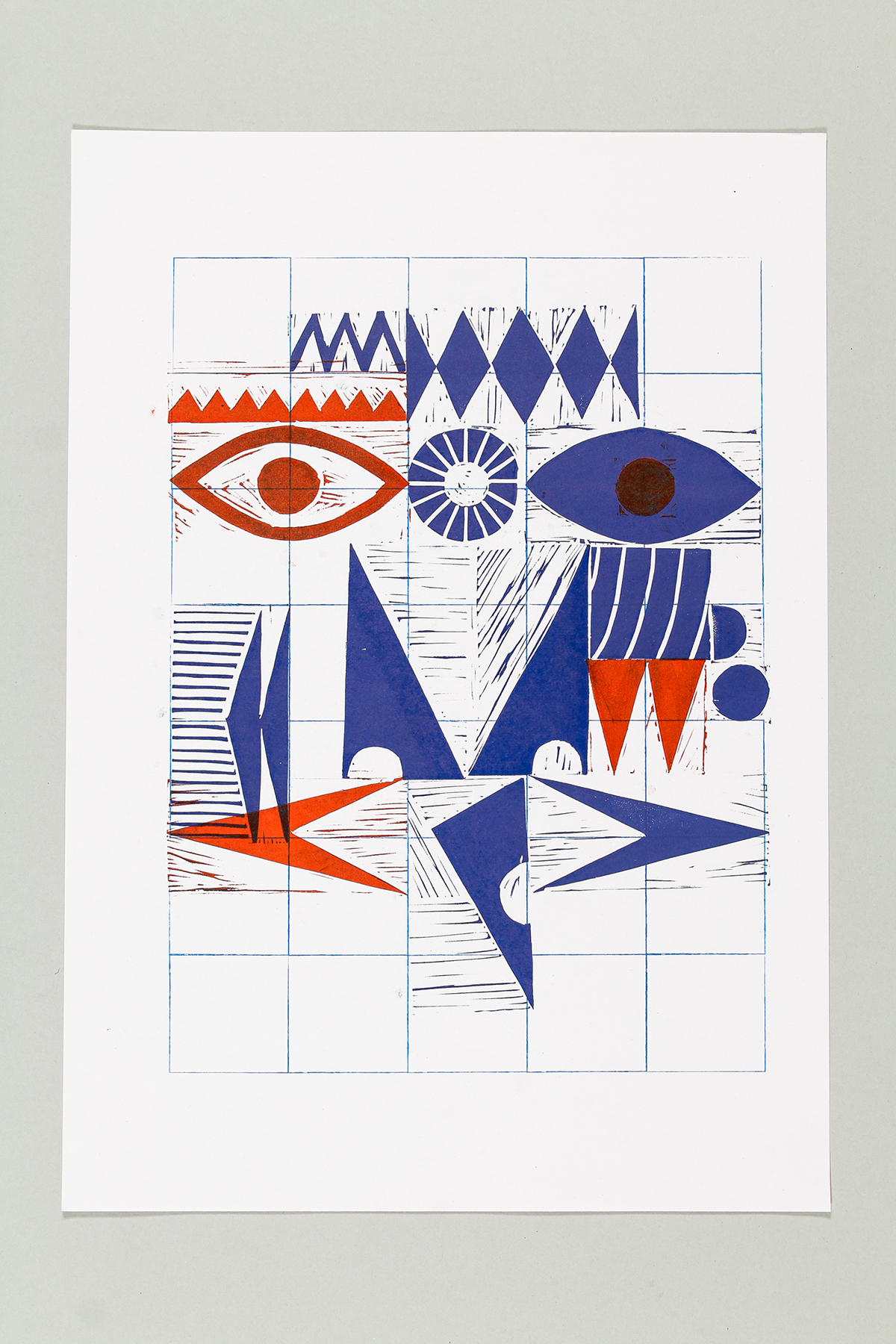

A series of prints were produced to evaluate the set’s effect. The glyphs were initially tested on a grid system, as originally designed for, to examine if they do appear as structures of the same language. In addition the were printed on images derived from previous research. Does the print on top conceal the original image’s identity? Does it work as mask or as a new face? Do patterns or schemes emerge out of the glyphs repetition?










